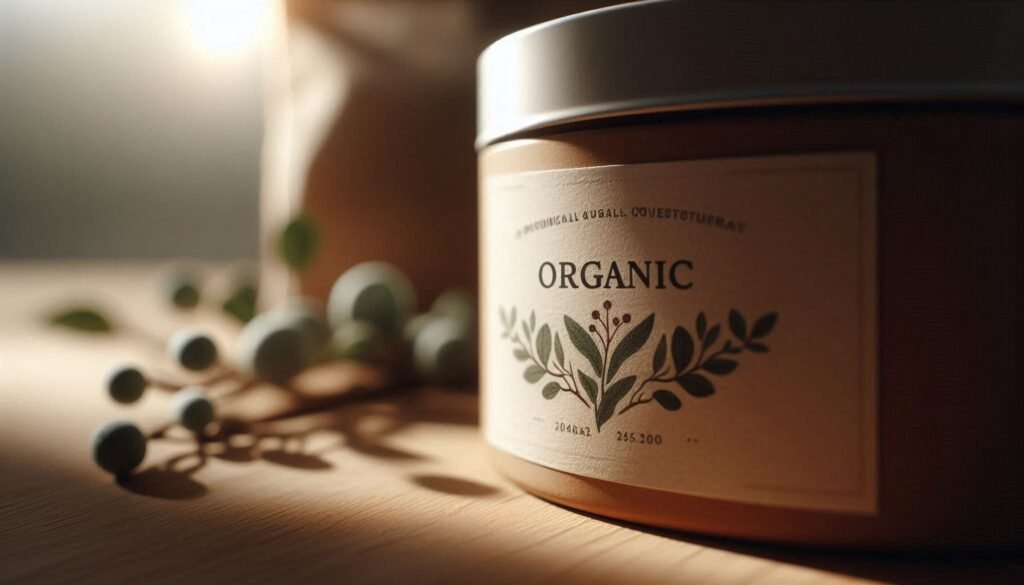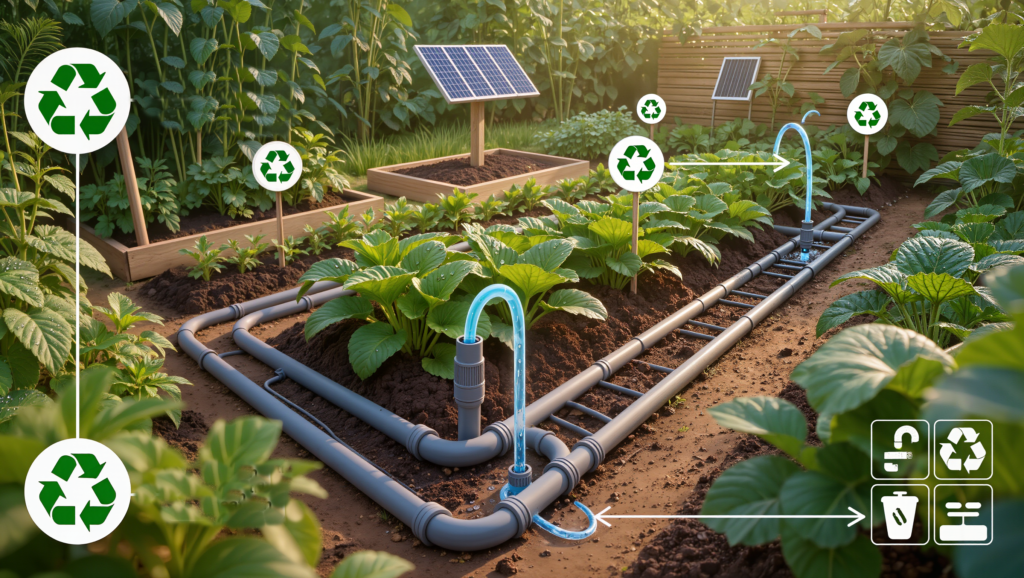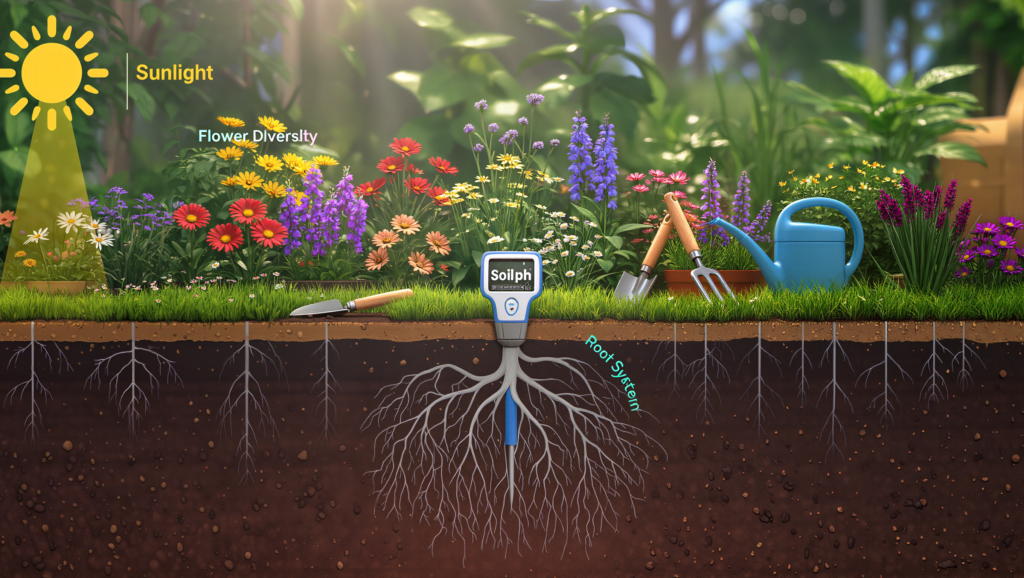प्रमाणित प्राकृतिक रूप से उगाए गए लेबल किसानों के लिए अधिक सुलभ हो सकते हैं, लेकिन क्या यह वास्तव में उपभोक्ताओं तक पहुँच सकता है?
प्रेयरी डू रोचर, इलिनोइस – इलिनोइस में एक ठंडे सर्दियों के दिन, तीन छोटे सूअर तीन-तरफा शेड में आराम कर रहे हैं। उनके पास घूमने के लिए बहुत जगह है, जैसा कि वे जेनिफर ड्यून्सिंग के पास आने पर करते हैं। उन कदमों का मतलब है कि यह खिलाने का समय है। वे बेसब्री से चिल्लाते हैं, अपने सामान्य आहार जैविक फ़ीड की प्रतीक्षा करते हैं, जिसमें कभी-कभी यहाँ खेत में उगाई गई स्क्वैश जैसी सब्जियाँ शामिल होती हैं।
इलिनोइस कंट्री हार्वेस्ट नामक फ़ार्म पीढ़ियों से ड्यून्सिंग के परिवार के पास था, जब उन्होंने 2015 में इसे अपने अधीन किया था। वह खेती के लिए नई थीं, इसलिए उनके अधिकार क्षेत्र में अब लगभग 12 एकड़ ज़मीन का सबसे अच्छा प्रबंधन कैसे किया जाए, इस बारे में उन्हें बहुत कुछ सीखना था। लेकिन एक बात जो उन्हें निश्चित रूप से पता थी, वह यह थी कि वह सिंथेटिक रासायनिक इनपुट के बिना भूमि, फसलों और जानवरों का प्रबंधन करना चाहती थीं।
“हम बिल्कुल भी रसायनों का उपयोग नहीं करते हैं, जिसका अर्थ है कि अगर हमारे पास कीट हैं, तो हम स्प्रे नहीं करते हैं,” उन्होंने कहा।
जबकि जैविक उत्पादों की बिक्री बढ़ रही है, वे अपने पारंपरिक समकक्षों की तुलना में काफी धीमी गति से बढ़ रहे हैं। ऐसे अनगिनत प्रमाणन हैं जिन्हें वह चुन सकती थीं और लेबल जो वह अपने उत्पादों पर लगा सकती थीं। “ए ग्रीनर वर्ल्ड” नामक एक गैर-लाभकारी संस्था जो “किसानों का समर्थन करके और उपभोक्ताओं को शिक्षित करके कृषि में व्यावहारिक, टिकाऊ समाधानों को बढ़ावा देती है” के पास एक 15-पृष्ठ की मार्गदर्शिका है जो “प्राकृतिक”, “मानवीय” और “जैविक” जैसे शब्दों का उपयोग करने वाले लेबल के बारे में उपभोक्ता भ्रम को दूर करने का प्रयास करती है।
प्रमाणित स्वाभाविक रूप से उगाया गया वह जिस तरह से अपना खेत चला रही थी, उसके लिए एकदम सही था।
“हमारी प्रमाणन प्रक्रिया वास्तव में बहुत सरल है, क्योंकि हमारे पास शून्य रासायनिक इनपुट हैं,” उसने कहा। “हमारे पास औचित्य या तर्क देने के लिए कुछ भी नहीं है, क्योंकि हम बस कुछ भी उपयोग नहीं करते हैं।”
2002 में शुरू हुए, गैर-लाभकारी संगठन के मानक अमेरिकी कृषि विभाग के प्रमाणित जैविक लेबल के बाद तैयार किए गए हैं, लेकिन उन्हें किसानों को उनके खेतों के काम करने के तरीके को प्रमाणित करने और संवाद करने का एक सस्ता और अधिक सुलभ (यानी अधिक किफायती) तरीका देने के लिए डिज़ाइन किया गया है। सीएनजी की कार्यकारी निदेशक एलिस वरोन ने कहा, “बहुत से किसान पारिस्थितिकीय प्रथाओं के लिए प्रतिबद्ध हैं और संभवतः जैविक प्रमाणीकरण के लिए योग्य होंगे, लेकिन वे खर्च और कागजी कार्रवाई के कारण हिचकिचाते हैं।” उन्होंने कहा, “कुछ मामूली अंतर हैं, लेकिन अधिकांश भाग के लिए, यह राष्ट्रीय जैविक कार्यक्रम की तरह ही है।” यूएसडीए जैविक प्रमाणीकरण बनाम सीएनजी लिज़ ग्राज़नक मिसौरी के जेम्सटाउन में एक प्रमाणित जैविक किसान हैं। कार्यक्रम की आवश्यकताएं उपज और पशु के अनुसार अलग-अलग होती हैं, लेकिन आम तौर पर, यह गैर-सिंथेटिक और “पर्यावरण के अनुकूल कीट नियंत्रण”, “प्राकृतिक उर्वरकों” के उपयोग को प्रोत्साहित करता है और किसानों को जानवरों को “खुले में स्वतंत्र रूप से घूमने” की अनुमति देता है। उसे हर साल अपना प्रमाणीकरण नवीनीकृत करना पड़ता है। जैविक प्रथाओं को अपनाने के बाद, अगला कदम यूएसडीए-मान्यता प्राप्त प्रमाणन एजेंट के पास आवेदन करना है। जबकि अमेरिका में 17,000 से अधिक प्रमाणित जैविक खेत संचालित हैं, 80 से कम प्रमाणन एजेंसियां हैं। वे किसानों का साक्षात्कार करने के लिए निरीक्षकों को भेजते हैं और जाँच करते हैं कि वे यूएसडीए मानकों का पालन कर रहे हैं।
पूरा लेख यहाँ पढ़ें https://www.agdaily.com/insights/organic-alternative-tries-to-stand-out-the-cacophony-of-food-lab








